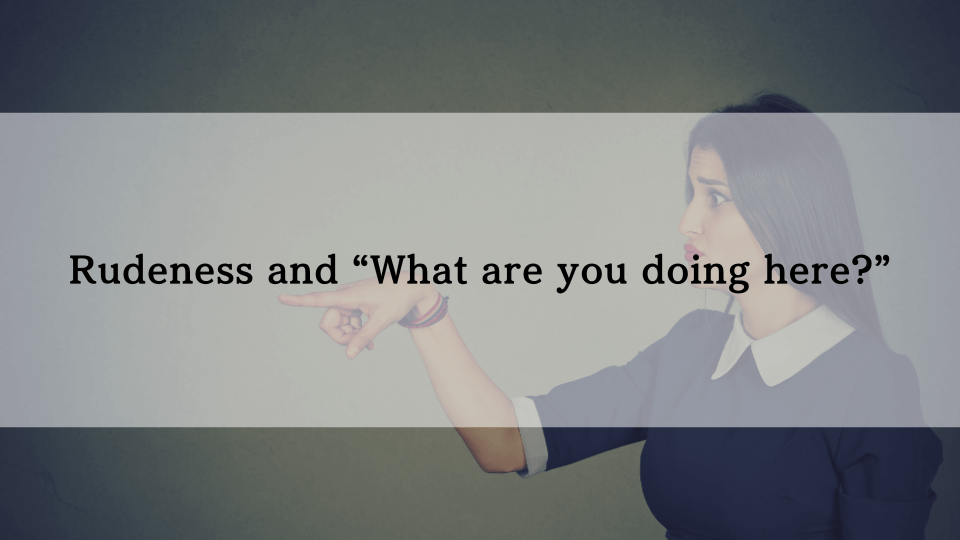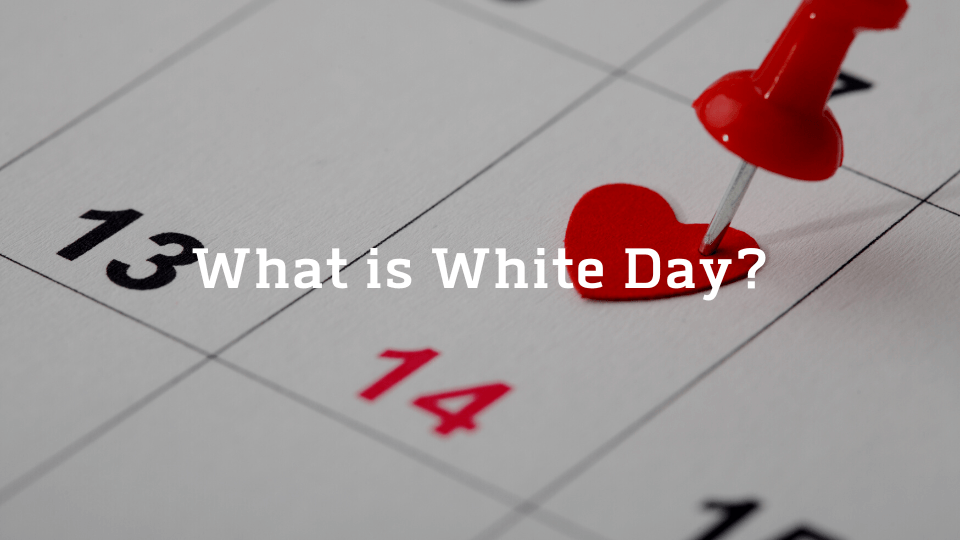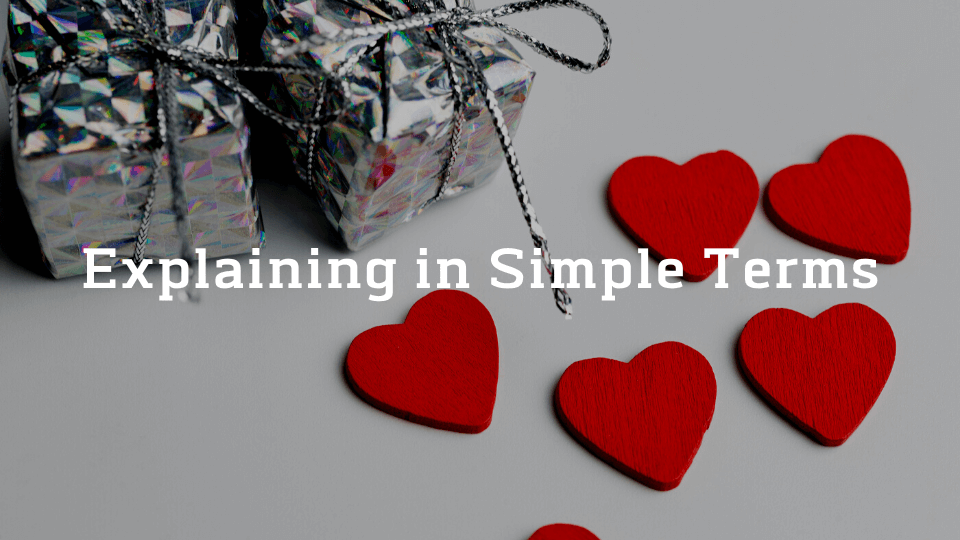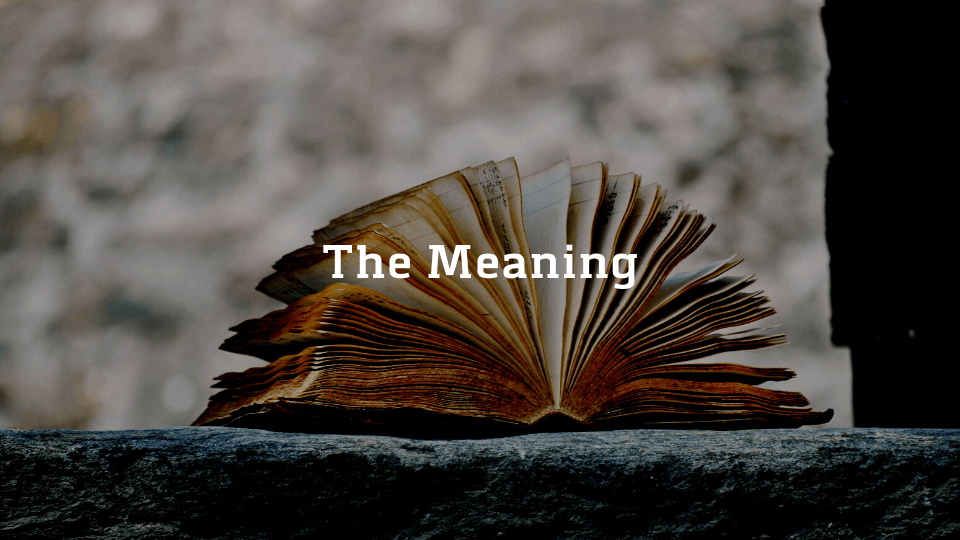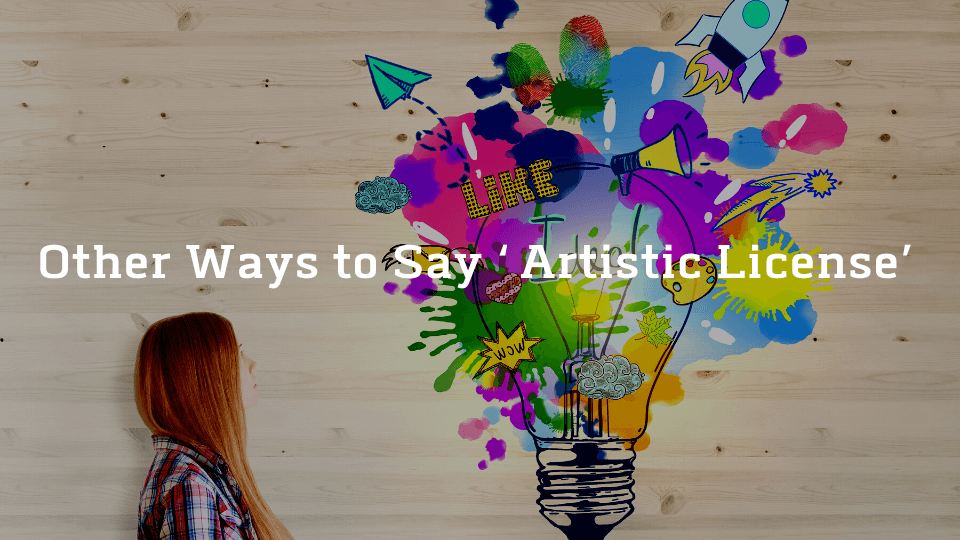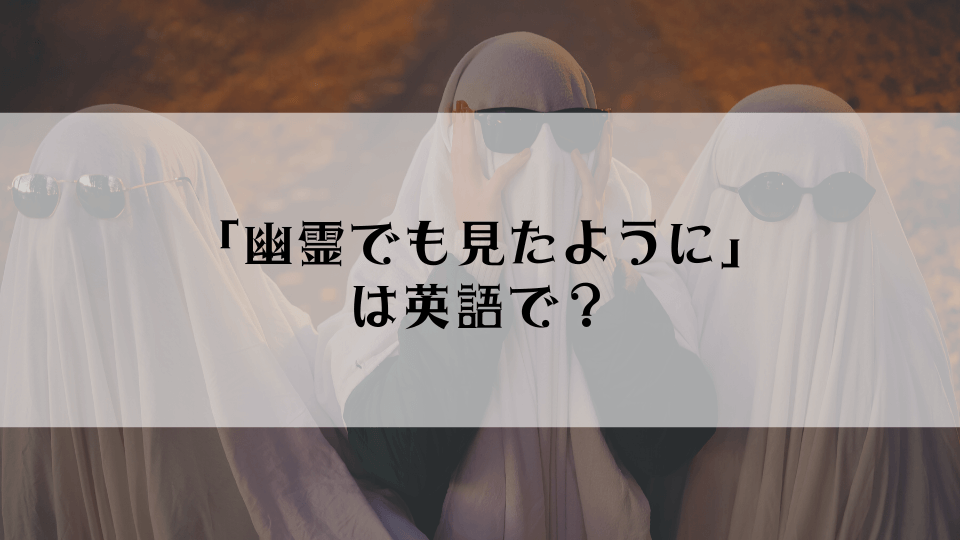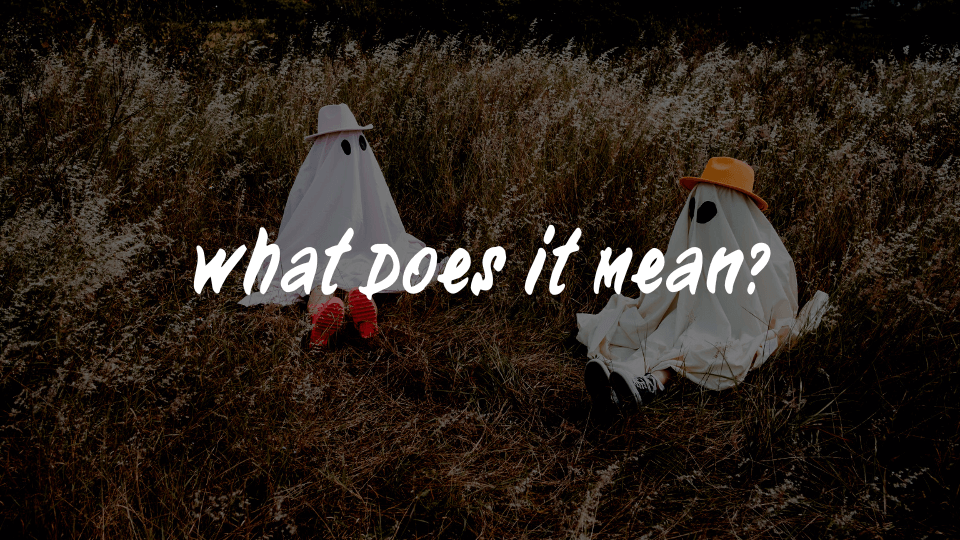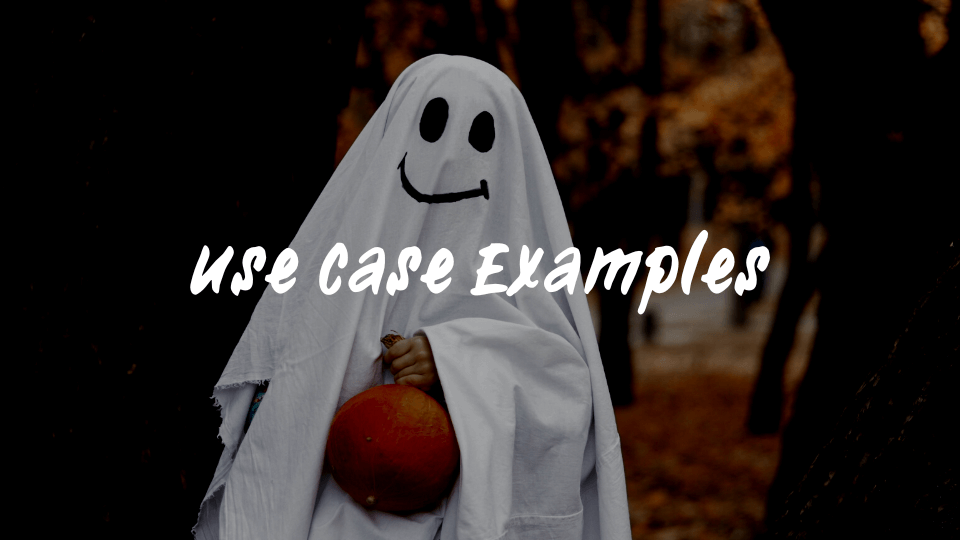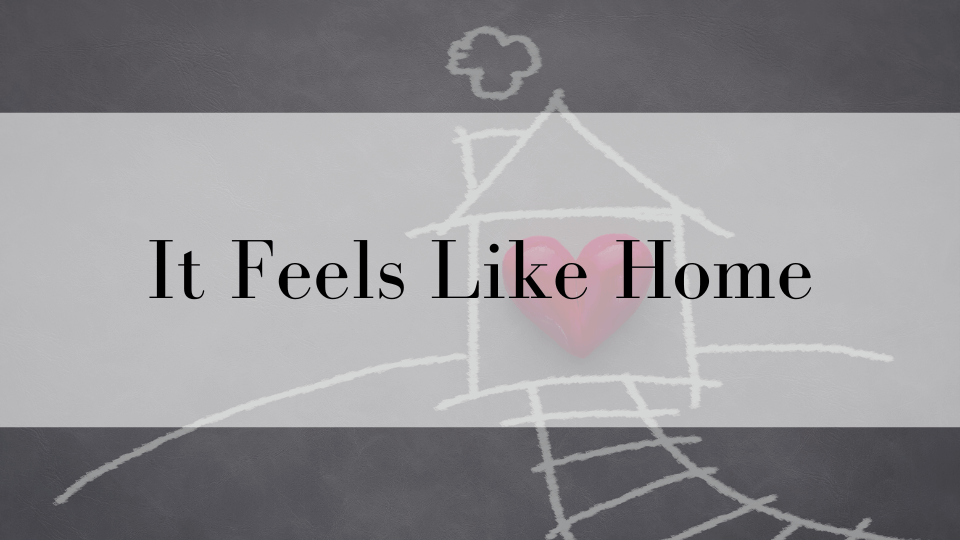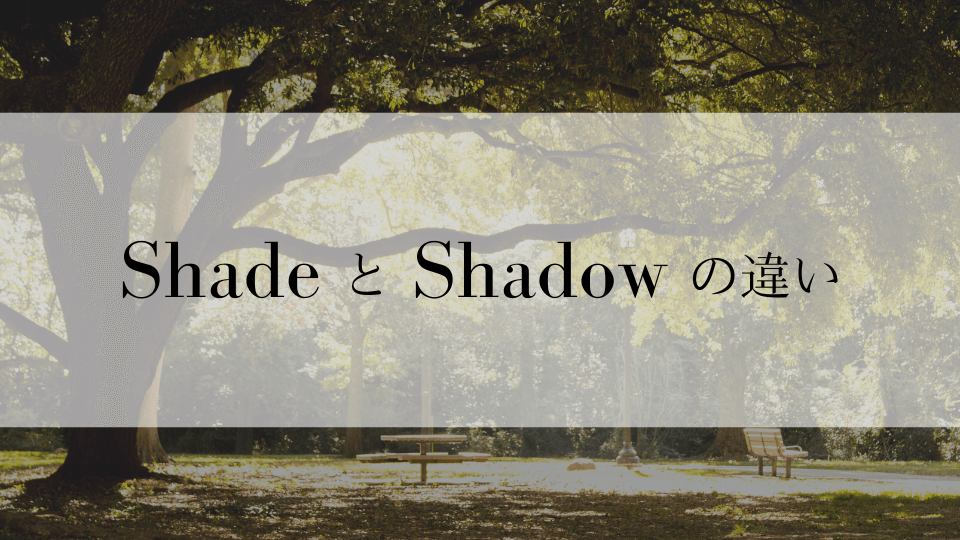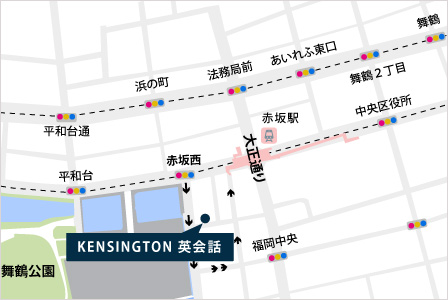【デニー先生】
今日のブログは、博多どんたく祭りを外国人に英語で説明する方法についてです。
まず、その祭りが何であるかを簡潔に説明し、その後、効率的かつ明確に説明するための基本的な例文をいくつかご紹介します。それでは始めましょう。
実践的な英語ならケンジントン英会話
ケンジントン英会話では、教科書には載っていない、生きた表現を身に付けられます。
福岡市内の教室やオンラインで、経験豊富でフレンドリーな講師と一緒に英語を学びませんか?
実践的な英語を学びたい方はケンジントン英会話の公式サイトをチェック!
博多どんたくを英語で説明
このブログの読者のほとんどは既に博多どんたくが何であるか、そして福岡とその文化におけるその重要性を知っているかもしれないので、詳細には触れませんが、簡単に言えば、博多どんたくは毎年ゴールデンウィークに福岡県で開催される特別なお祭りで、数万人の人々が伝統的な踊りや衣装を楽しみます。
参加者は福岡市のメインストリートを歩きながら踊り、見物人がそれを観覧します。
ではこれを英語でより効率的に、簡略化して説明するにはどうすればよいでしょうか?
物事を説明する際には、主要なポイントが最も重要であり、それ以外の多くの情報は補足的なものに過ぎません。
このため、主要なポイントを簡潔に伝えるスキルを学ぶことが重要です。
どんたくを説明するための基本的な方法を、シンプルなものから順にご紹介します。
[初級]
Hakata Dontaku is a festival held every year around Golden Week. People parade down the main streets wearing traditional clothing. A lot of people visit Fukuoka for it.
(博多どんたくは毎年ゴールデンウィークの時期に開催されるお祭りです。人々は伝統的な衣装を着てメインストリートをパレードします。多くの人がそれを見に福岡を訪れます。)
[中級]
Dontaku is a kind of festival in early May where people dress up in traditional prefectural garments and parade while onlookers watch.
(どんたくは5月初旬に行われるお祭りの一種で、人々が伝統的な県の衣装を着てパレードし、観客がそれを見物します。)
[上級]
Dontaku is one of three major festivals in Fukuoka held in May, and it involves hundreds of performers dressing in traditional garments and parading down the main streets of Fukuoka.
(どんたくは福岡の三大祭りの一つで5月に開催されます。何百人もの参加者が伝統的な衣装を着て福岡市のメインストリートをパレードします。)
これらの例文では主要なポイントのみが述べられていることに注目してください。
お祭りの名前、それが何か、どこで、いつ、そして何が行われるかです。
誰かにイベントやトピックを説明する際に必要なのはこれだけです。
最も重要な原則は、シンプルかつ明確にすることです。
詳しい内容は質問されたときに追加すれば良いのです!
私の博多どんたくに関する経験
私は、福岡に長く住んでいるにも関わらず、実際に博多どんたくを見たことはありません。
私はあまりお祭りに参加するタイプではありませんが、お祭りが開催されるときには道路が非常に混雑したり、閉鎖されたりするのに気づきます。
特にゴールデンウィークなので5月には多くの人が福岡に集まります!
まとめ
これらの例文を通じて、博多どんたくだけでなく、物事を英語で説明する方法について理解を深めていただけたら嬉しいです。
シンプルに保つことが重要です!
実践的な英語ならケンジントン英会話
ケンジントン英会話では、教科書には載っていない、生きた表現を身に付けられます。
福岡市内の教室やオンラインで、経験豊富でフレンドリーな講師と一緒に英語を学びませんか?
実践的な英語を学びたい方はケンジントン英会話の公式サイトをチェック!
[英語原文]
Hakata Dontaku Festival
Today’s blog post is all about how to explain something like Hakata Dontaku in English, and specifically to foreigners. We’ll be looking at a very brief explanation of what dontaku is in an English context, then we’ll look at some basic example phrases on how to explain it efficiently and clearly. Let’s get started.
What is Hakata Dontaku?
Most readers of this blog will already know what Hakata Dontaku is and its importance in Fukuoka and its culture so we won’t go into detail, but to be brief and if we were to explain it simply in English, it’s a special festival held in early May during the Golden Week in Fukuoka Prefecture, where tens of thousands of people watch and attend a festival involving traditional dances and costumes. Performers would walk down the main streets of Fukuoka City and dance as onlookers watched.
That’s a good summary, but how do we make that explanation more efficient when explaining it in English? How do we simplify it? This is an important thing to learn when explaining things to people, as much of the information we give is secondary to the key points, so let’s get into how to phrase this better.
Example Sentences
Here are some basic ways to explain dontaku with increasingly more complex English:
“Hakata Dontaku is a festival held every year around Golden Week. People parade down the main streets wearing traditional clothing. A lot of people visit Fukuoka for it.”
Here’s an intermediate form.
“Dontaku is a kind of festival in early May where people dress up in traditional prefectural garments and parade while onlookers watch.”
Here’s a more advanced vocabulary with a little more detail.
“Dontaku is one of three major festivals in Fukuoka held in May, and it involves hundreds of performers dressing in traditional garments and parading down the main streets of Fukuoka.”
Notice that when providing these examples, only key points are given. The name of the festival, what it is, where it is, when, and what happens there. This is all that is necessary when explaining any event or topic to someone. The most important principle is to keep things simple and clear. More detail can always be added when asked about those details!
Personal Experiences
Personally, I’ve never actually seen Hakata Dontaku despite living in Fukuoka for such a long time. I’m not really a festival-goer, but I do notice that whenever the festival is on, roads are very busy or closed. A lot of people tend to be around Fukuoka in May, though it is Golden week after all!
Conclusion
Hopefully with these example sentences, you’ll have a better grasp of how to explain things not just with regards to something like Dontaku, but also in general. Remember, keep it simple!
~*~*~*~ \ Follow me / ~*~*~*~
Instagram : @kensington_eikaiwa
Twitter : @Kensington_Eng
Facebook : @kensingtoneikaiwa
YouTube : KENSINGTON英会話
~*~*~*~*~*~*~*~*~*~*~*~*~*
◆お問い合わせはこちら
ケンジントン英会話:お問い合わせフォーム


























